For almost 60 years, they’ve entertained, thrilled, and often totally bewildered fans. Get ready to enter the strange, strange world of Doctor Who annuals…
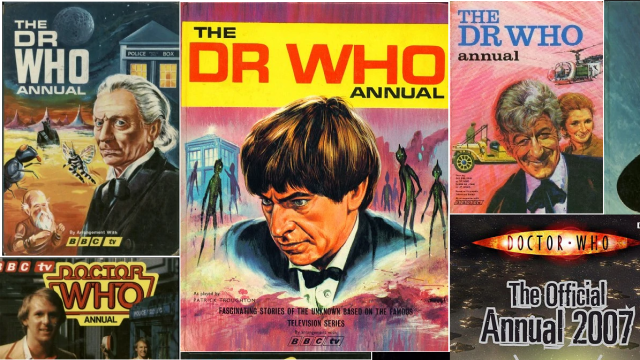
The annual, at least as we understand it today, has been with us since the 1820s. And on every Christmas since then, little hands find their way to a oversized hardback book featuring some extra adventures for their favourite characters. With the annual already such a firm British tradition and Doctor Who riding high on the back of Dalekmania, it was no wonder that plans for the first Doctor Who annual began to brew at publishers World Distributors.
The very first annual arrived during the show’s second series in 1965, billed simply as The Dr Who Annual. Its cover immediately set the tone for what was to follow, with the First Doctor, a Voord, a Menoptra, a Zarbi and a unique version of a Sensorite alongside a TARDIS with a very peculiar roof. For the next 20 years, the annuals would face the challenge of limited photo references and access to the television scripts. The results were comic strips and stories that often required a bit of squinting to recognise the characters from the TV show, both in how they looked and how they acted.
Another challenge World Distributors faced was that, unlike today, freelance writers usually retained ownership of any monsters or characters they created for Doctor Who. This meant the annuals were often limited in their choices as to which enemies the Doctor could battle within their pages. In particular, appearances by the Daleks were few and far between, with Dalek creator Terry Nation having his own rival line of Dalek books.
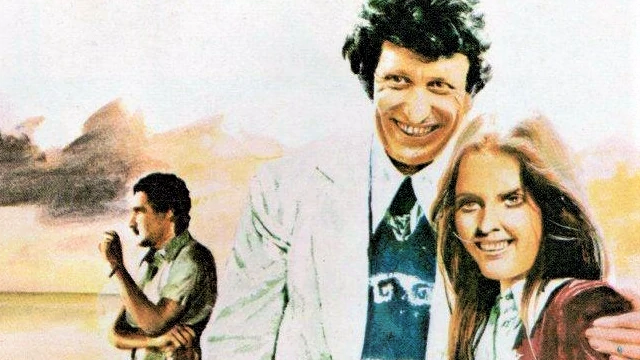
Similarly, image rights weren’t always included in actors’ contracts, meaning that sometimes the Doctor would be mysteriously travelling with different companions than on TV, while other times “Sarah Jane” would look nothing like Elisabeth Sladen – a legal nicety no doubt lost on the befuddled children on the 1970s.
Ironically, a common solution to these issues was to heavily reference photos from other films and series in the illustrations, presumably on the assumption that those actors would be less likely to be browsing the Dr Who Annual and find themselves in its pages.
The Dr Who Annual provided a sometimes alarmingly different take on Doctor Who each year
Annuals usually include a classic mix of new fiction, features about the fictional universe of the subject, along with puzzles and games. The World Distributors’ Doctor Who annuals were no different. But with fiction being the most expensive part of any collection, a healthy portion of each year’s page count was given over to lists and articles only tangentially related to Who. Due to the show’s nature there was naturally a lot of scope for features devoted to real historical figures, science and space. As such, guides to the (then) nine planets of the solar system and the space program were regular favourites of the Doctor Who annuals team.
Over the years, the Doctor Who annuals from World Distributors would have many highlights. That very first annual featured the wonderful ‘The Lair of Zarbi Supremo,’ a sequel to TV’s ‘The Web Planet’ in which “Dr. Who” pilots a robot ant into battle against a megalomaniacal ant who has flown the planet Vortis across space to invade the Earth.
Meanwhile, ‘A Universe Called Fred’ from The Dr Who Annual 1971 is every bit as weird as its name suggests. And the comic strip ‘Every Dog Has Its Day’ from the 1981 annual sees K9 lead a robot revolution in search of better working conditions!
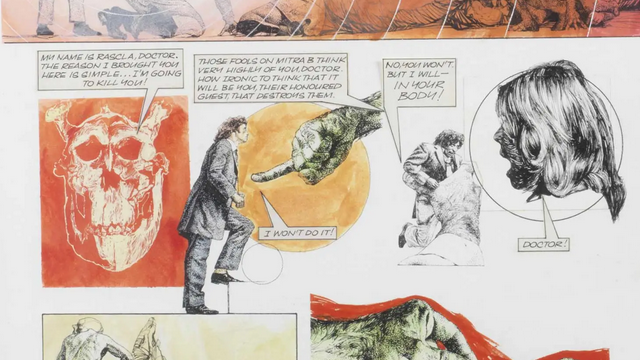
But for fans of a certain age, the Doctor Who annuals reached their peak in the late 1970s. The likenesses may have been more off-piste than ever, but the illustrations – often from an artist called Paul Crompton – were often stunning. They matched the tone of the stories, which now took on a disturbingly surreal feel of the Doctor being adrift in a bizarre and impersonal universe. With the Doctor Who annuals usually geared at younger readers, the 70s was a unique period where the annuals felt more adult than the series itself.
In the 1980s, John Nathan-Turner brought greater continuity between the Doctor Who annuals and the TV show
As John Nathan-Turner took the reigns of Doctor Who in 1980, he placed a new emphasis on ensuring consistency for the brand across different media. The impact of this on the Doctor Who annuals was a new uniformity; the short stories and comic strips may have had as straightforward, brief plots as ever, but they now felt more like missing scenes from Doctor Who on television, rather than windows into a weird alternate universe. The licensing of likenesses was also more standard by the 80s, and the likes of Tegan, Turlough and Peri all looked refreshingly like the actors who played them.
Nathan-Turner even succeeded in getting the Doctor Who annuals to use the actual logo of the TV show, which was a first. But arguably some of the special flavour of the Doctor Who annuals had been lost; they no longer had their own unique appeal and character. While they may have delivered something closer to the expectations of fans of Peter Davison and Colin Baker on television, they’ve proven less memorable over time, and tend to be looked back on with less nostalgia than the earlier entries.
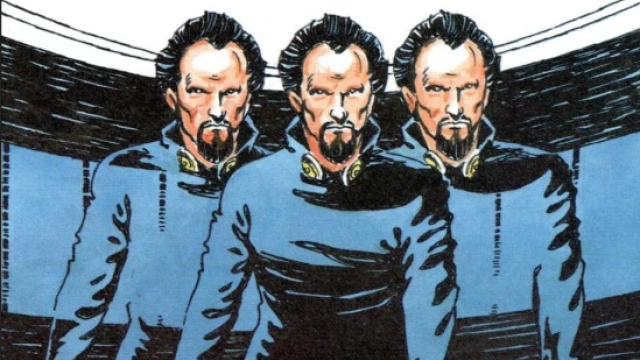
The last of the Doctor Who annuals from World Distributors was the Doctor Who Annual 1986, with the Sixth Doctor on the cover and stories featuring android replicants of every Prime Minister ever, plus its own unique version of the Master and a Doctor who toted a shotgun.
But the relationship between the publishers and Nathan-Turner had grown increasingly tense and difficult. Along with World Distributors’ belief that the long hiatuses and shorter seasons of Doctor Who on television were affecting their sales, it led to the mutual decision to end the licence for Doctor Who annuals.
The Doctor Who annuals returned alongside the show itself in 2005
For five years in the mid-1990s, Marvel UK took up the baton with a series of Doctor Who Yearbooks from the team behind Doctor Who Magazine. Perhaps most notably, these included early work by Charlie Adlard, who would go on to co-create The Walking Dead. But it wouldn’t be until Doctor Who returned to television in 2005 that the Doctor Who annuals range itself would be revived.
In terms of sheer quality and style, the Doctor Who Annual 2006 – featuring the Ninth Doctor and Rose – is probably the high point of the annuals. Published by Panini, and edited by the Doctor Who Magazine team, its stories came from writers of the revived show itself, including Russell T Davies, Steven Moffat, Paul Cornell and Rob Shearman. But with these writers also being huge fans of everything Doctor Who, they produced a successful hybrid of faithfulness to the Doctor and Rose we saw on our screens, with the slightly off-kilter sensibilities of the Doctor Who annuals of the 60s and 70s.
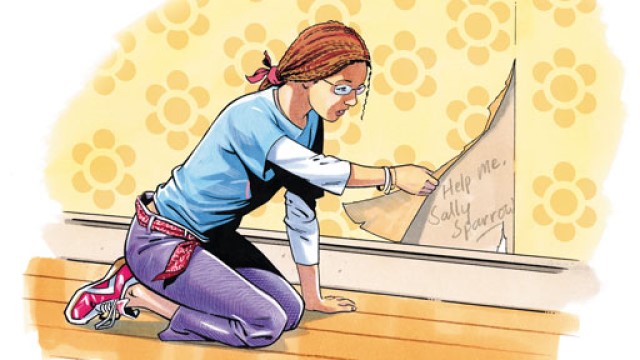
These links also allowed the annuals to influence the TV show itself for the first time. Davies’ ‘Meet the Doctor’ contained a brief history of the Time War revealing details not yet seen on television, as well as hints about the Face of Boe’s secret and the message “You Are Not Alone” over a year before ‘Gridlock.’ Meanwhile, Steven Moffat’s ‘What I Did On My Summer Holidays by Sally Sparrow’ would later by upcycled by Moffat into the television episode ‘Blink.’
The Doctor Who annuals continue today, with the 2023 annual up for pre-order now
However, the decision was then made to bring the Doctor Who annuals in-house, with BBC Books taking over after the Doctor Who Annual 2007. BBC Books have been publishing the line ever since, with the 60th anniversary Doctor Who Annual 2023 already available for pre-order. Over time, these have become more in-line with other children’s annuals, with an emphasis on word searches and spot-the-difference type content, along with a selection of framing devices to offer summary descriptions of the Doctor, their friends and their most recent adventures on television.
The evolution of the annuals market will continue, as it has done since the days of 19th century short story collections and fashion prints, and the Doctor Who annuals will change and grow with it. But it’s clear that as for as long as there are people who love Doctor Who, there will be a new Doctor Who annual for them each year.

Which is your favourite of the Doctor Who annuals you’ve gotten over the years? Let us know which was your most memorable annual or short story!
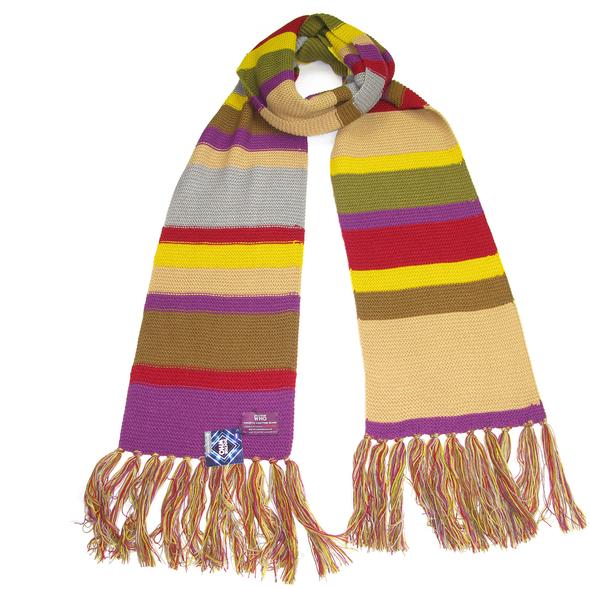
Doctor Who Fourth Doctor scarf – order now from the Lovarzi shop!








Leave a Reply